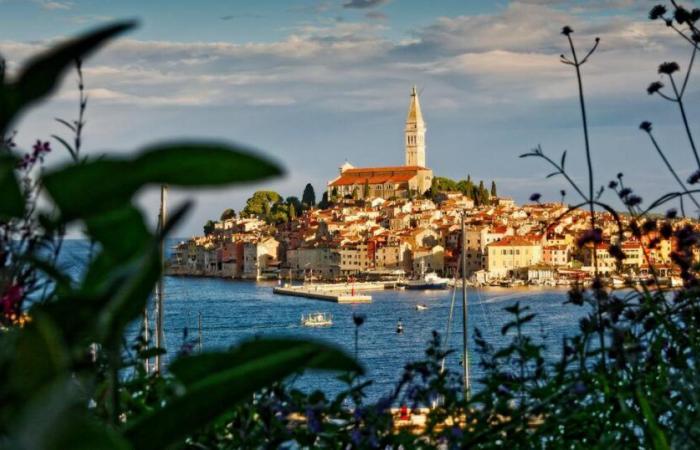Paradise islands and emerald waters, a rich heritage and a still preserved hinterland: this country has it all, especially out of season.
There is of course the infinity of its coastlines – 6000 km – and its islands – around a thousand. Its fortified towns, its gastronomy, its false air of Italy. The interior of its lands, less known, of which no less than 10% is classified as a national park. Here, summarized in broad strokes, are the keys to Croatia's irresistible rise. As the tourist office announced at the beginning of November, the blue and green jewel of the Adriatic once again broke attendance records last year, particularly among French visitors. They alone represented 598,000 arrivals and more than 2 million overnight stays during the first ten months of 2024, an increase of 5 and 6% compared to the same period in 2023.
Among the most popular destinations, we find, unsurprisingly, the “pearl of the Adriatic”, Dubrovnik, whose old town is a UNESCO world heritage site. Just behind, the capital, Zagreb but also Split, a thousand-year-old city on the Dalmatian coast, ahead of the more confidential Zadar and Poreč. And this popularity is no longer limited to sunny days. In the month of October 2024 alone, reservations jumped 8% compared to last year. In addition to mild skies which allow swimming without difficulty until October, this offbeat success is also the result of a communication strategy focused on seasonal wings, as explained by Kristjan Staničić, director of the Office of tourism: “Visitors, particularly those from markets like France, are increasingly attracted to our offering outside of peak season. The extension of air connections, facilitating access to Croatia from our main markets, also played an important role in the October results.”
Sea bathing in September and skiing in November
ERIC MARTIN
It must be said that in July-August, certain areas of the Croatian coast have been victims of their own success for several years. The most emblematic example: Dubrovnik, always it, where the “effect Game of Thrones» does not seem to be denied. In 2019, the city of only 41,000 inhabitants welcomed 1.4 million tourists! According to the Evaneos overtourism index, Croatia is even the 4th most exposed country in the world in the “seaside overtourism” category, by nature very concentrated on the summer period.
To repeat Kristjan Staničić's argument, one of Croatia's great assets for the French visitor is its proximity and ease of access by plane – only a two-hour flight from France. No need to wait until the heart of summer for that: Air France and Croatia Airlines offer direct daily flights between Paris and Zagreb all winter long. The Croatian national airline, which is celebrating its 35th anniversary this year, has just announced the complete renewal of its fleet by 2027 with 15 Airbus A220-300 and A220-100 aircraft, aircraft that are both more comfortable and more virtuous.
Anyone who wants to avoid the hordes of tourists will therefore leave at the end of summer. And will especially move away from the beaten track. For a breath of fresh air? Heading for Eastern Slavonia, between Serbia and Hungary. Want to relax? You will love the islands of Losinj. This chic nature destination (yes, it exists!) hosts two five-star hotels as well as an institute for the protection of dolphins. Another possibility: Cres, the archipelago of the golden fleece or Opatija, a small seaside resort in Istria easy to reach from Zagreb. This is good news: the Keight Hotel, the latest addition to the Curio by Hilton collection, has just opened its doors there. Rooftop, swimming pool and spa… Everything you need to forget the gray November sky, in short.






